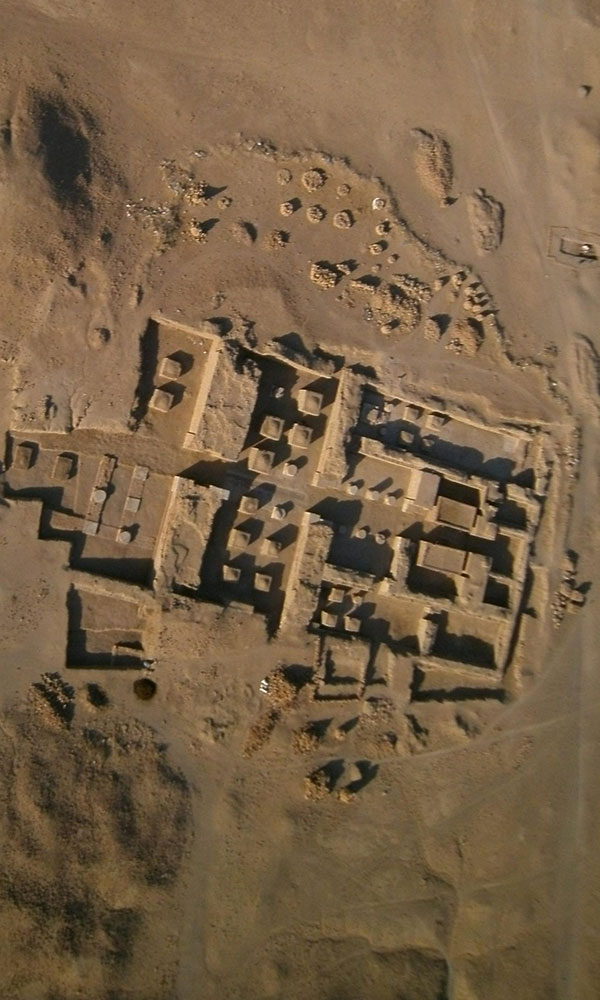NORMAN, OKLAHOMA—Leland Bement of the University of Oklahoma was surveying bison kill sites along the Beaver River in northwestern Oklahoma when he found butchered bison bones on a narrow bench of land between two arroyos. Such “arroyo traps,” where the ditches were used as natural drive lines, are the oldest-known method of large-scale bison hunting. The pieces of leg, foot, and back bones were accompanied by a quartzite hammerstone and a small flake made from Texas chert. This site is 11,500 years old, and is “the most recent Paleoindian site along this stretch of the river,” Bement told Western Digs. “All of these sites [in the Beaver River complex] are large-scale bison kills in arroyo traps. Each kill was of between 30 and 60 animals.” Taken together, the sites, which are part of a study being conducted by Kristen Carlson of the University of Oklahoma, reveal a transformation from the tools of the Clovis culture to the Folsom tradition. “To have a kill complex in use for over 800 years speaks to the ability of hunters to plan and coordinate and revisit a successful hunting ground through generations,” Carlson said. To read about the remarkable way prehistoric Native Americans hunted buffalo, go to "Letter from Montana: The Buffalo Chasers."
Oklahoma’s Bison Kill Sites Used for Generations
News June 10, 2015
Recommended Articles
Off the Grid March/April 2021
Alibates Flint Quarries National Monument, Texas
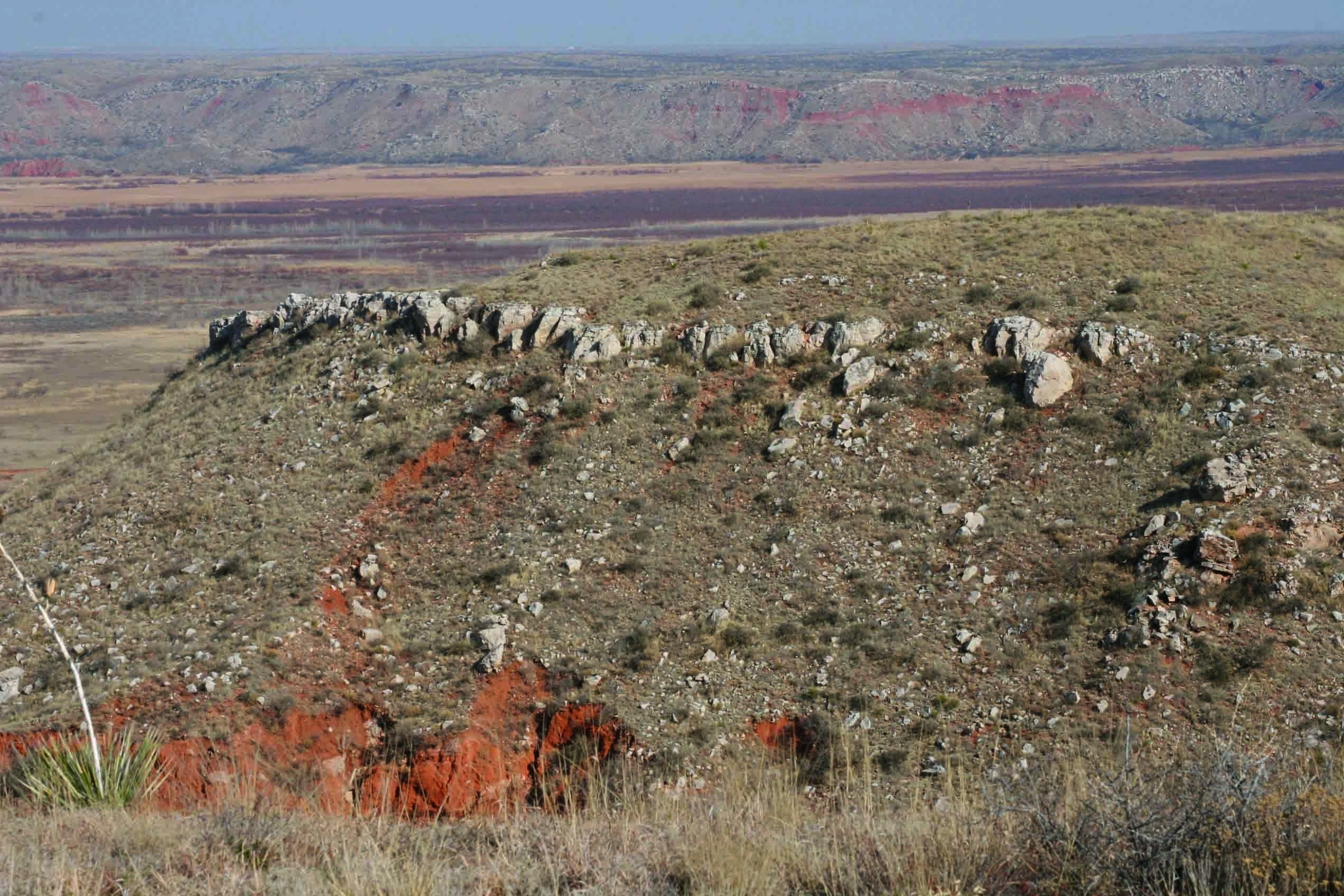
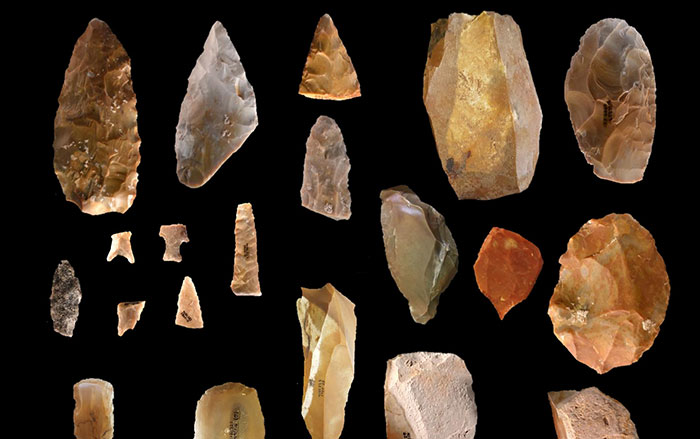
Digs & Discoveries May/June 2014
First American Family Tree
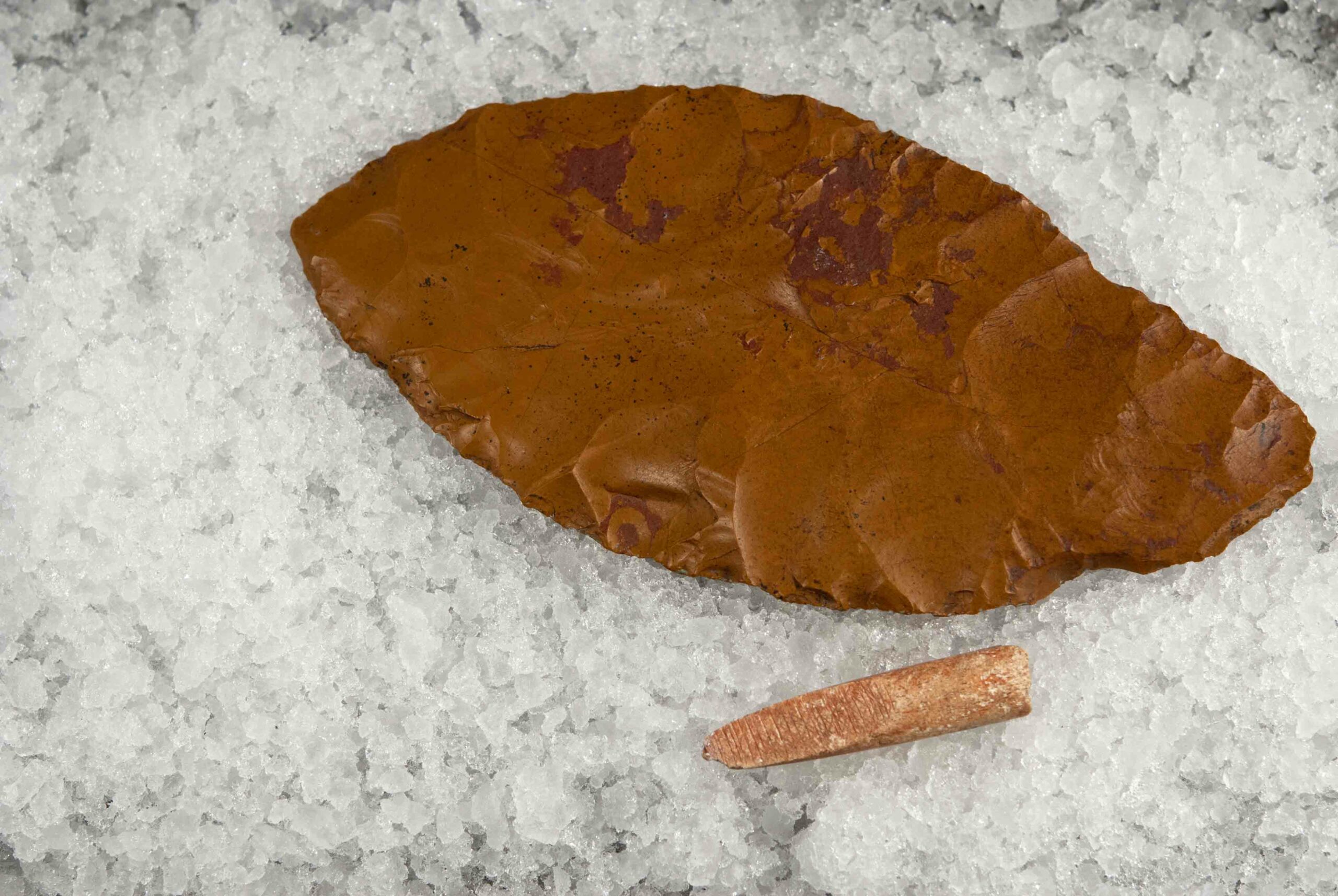
Digs & Discoveries November/December 2012
Who Came to America First?
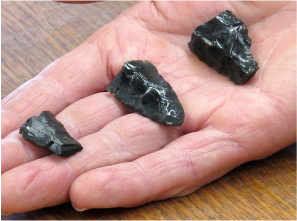
-
Features May/June 2015
The Minoans of Crete
More than 100 years after it was first discovered, the town of Gournia is once again redefining the island's past
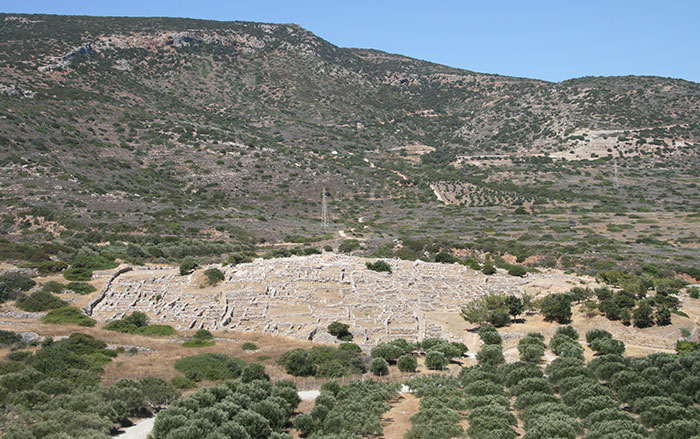 (Jarrett A. Lobell)
(Jarrett A. Lobell) -
Letter from Hawaii May/June 2015
Inside Kauai's Past
Ideal conditions within an ancient cave system are revealing a rich history that reaches back to a time before humans settled the island and extends to the present day
 Courtesy Lida Piggott Burney
Courtesy Lida Piggott Burney -
Artifacts May/June 2015
Late Roman Amulet
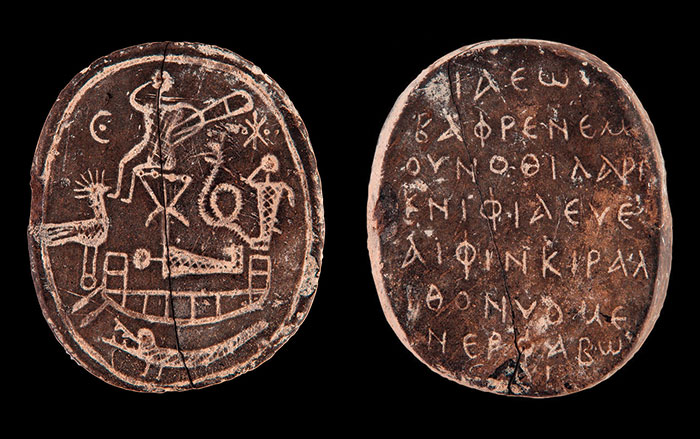 (Courtesy Joachim Śliwa)
(Courtesy Joachim Śliwa) -
Digs & Discoveries May/June 2015
The Charred Scrolls of Herculaneum
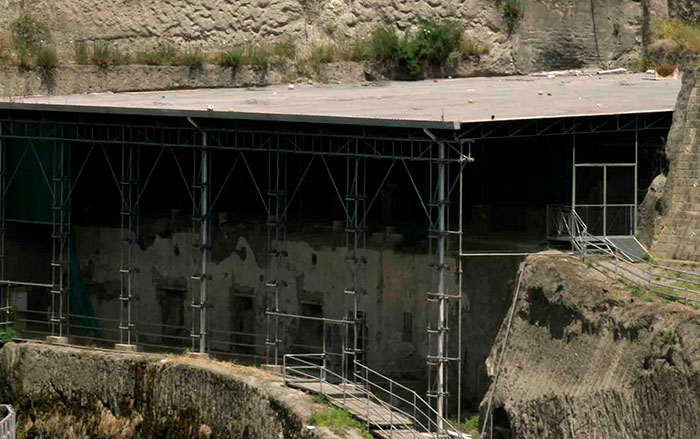 (Fotonews/Splash News/Corbis)
(Fotonews/Splash News/Corbis)



